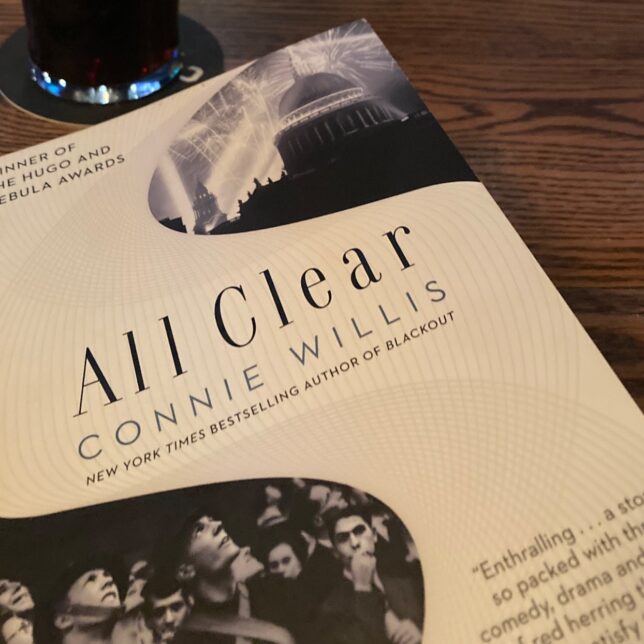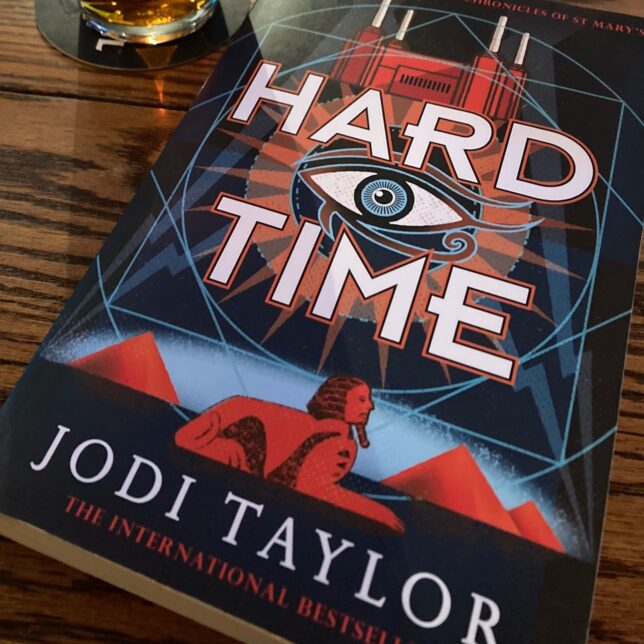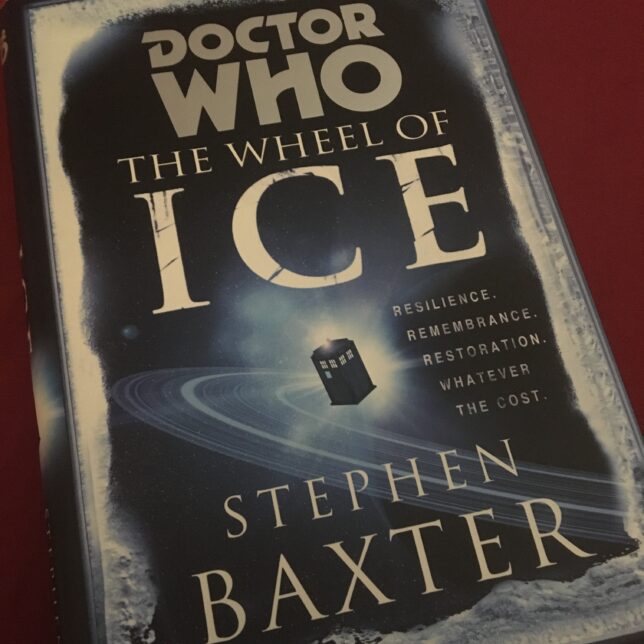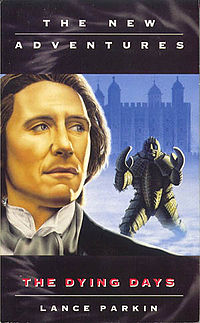I’m not big on publicly declaring my New Year’s resolutions, but 2024 is all about more books and blogging, with a little less beer. (I highly recommend non-alcoholic Guinness).
After making progress tackling my TBR pile in the fall, I was overloaded with freelance writing assignments in late November / December that needed to be done by end of calendar year. It took me until February to get back to reading for pleasure. (On a side note, I’ve been diligent in my Daily Stoic readings, but that’s another post).
Anyone who follows me on Instagram knows I’m great at buying books, especially previously enjoyed copies in pristine condition. I’m also great at starting books right after I’ve bought them, usually in a nearby pub. But I’ve struggled to stick with a novel no matter how much I’m enjoying it given how much time I spend with the written word as a freelance writer covering complex topics such semiconductors. There’s not a lot of brain power left at the end of the day, so I usually end up streaming something to watch.
Reading is a muscle, and in the fall I was determined to get that muscle back in shape. Despite a lackluster January, I’ve got some momentum.
All Clear by Connie Willis
After discovering the Time Police series by Jodi Taylor late last year, I was tempted to go out and buy the next book. Instead, I decided to be financially responsible and quench my thirst for further time travel stories by finally reading Black Out by Connie Willis, which was already on bookshelf. Why I waited so long, I have no idea, and I was itching to read the sequel.
While Black Out spends a lot of time chronicling the mundane activities of our three time-travelling historians from Oxford in the future before fully embracing their shared predicament toward the end, All Clear is much more about creating peril beyond The Blitz itself. What is wrong with the drops that’s keeping Merope, Mike and Polly from returning home and why hasn’t anyone come looking for them? While All Clear could have been trimmed by about 100 pages, Willis’ choice to keep the characters involved in the period’s events while trying to figure out their fate makes the ultimate ending so much more satisfying.
It was also incredibly emotional – I was crying off and on for the last 100 pages as the mystery to why the historians were stranded in World War II London was solved. Having spent two sizable books with these characters – 1,100 words in total – I found myself missing them several weeks after finishing All Clear.
Goodnight from London by Jennifer Robson
Determined to read what I already owned, I had many options for my next read, including more Connie Willis and sequels to books I’ve read in the fall, including Arkady Martine’s A Desolation Called Peace, I opted to go with Goodnight from London because I enjoy book sets during World War II that are not directly about the war itself.
This is ultimately a romance novel, but like Willis, Robson has spent a lot of time doing research to make Goodnight from London historically accurate. The romance is a slow burn over the course of the war as American journalist Ruby Sutton navigates The Blitz, writing articles for a magazine and becoming more resilient as the war goes on. The supporting characters are well drawn, and I was sad when this book came to an end.
Hard Time / Saving Time by Jodi Taylor
I could only resist picking up the next Time Police series for so long, so I breezed through Hard Time and Saving Time back-to-back. Doing Time was all about introducing the universe (albeit an expansion of The Chronicles of St. Mary’s series) and the characters. Hard Time is a much more focused story that sees Luke and Jane teamed up to endure some serious peril, while Matthew makes decisions against orders on his own to save his friends.
I love the English humour and sensibilities in these books, as well as the world building. Plot elements from the first book that appeared to be isolated adventures have an impact in the sequels. As the members of Team Weird get closer to becoming full-blown Time Police officers, the stakes get higher, especially in Saving Time, and they must rise to the occasion. A fire-trucking good time, as Jane might say.
The Wheel of Ice by Stephen Baxter
I have a lot of unread media-tie in novels in the TBR pile and reading a Doctor Who novel seemed like a logical next book after two Time Police adventures. I’m guessing Baxter’s status as an established science fiction writer was why this book merited a hardcover release, but this story isn’t exceptional, although it is clever. The Wheel of Ice is a solidly entertaining outing with the Second Doctor, Jamie and Zoe, who are one my favourite TARDIS teams, and I was in the middle of rewatching their episodes starting with “The Mind Robber” through to “The War Games.”
While I was tempted to read another Who novel after this adventure – I’ve got a lot to pick from, including another adventure from the same era – I want to avoid getting locked into one author, style of writing or sub-genre of science fiction or fantasy.
New Acquisitions
I’m doing best not to add to the TBR pile, but I can’t resist picking up out-of-print Star Trek novels when I can find them. Growing up there was a new Star Trek book every month, alternating between and The Original Series and Star Trek: The Next Generation. I want to reread many of those books from that era, while also reading those I missed afterward as I got busy building my career and moving around the country.
Gary Hilson is a freelance writer with a focus on B2B technology, including information technology, cybersecurity, and semiconductors.





 Doctor Who: The Dying Days
Doctor Who: The Dying Days